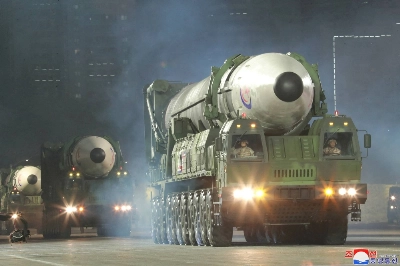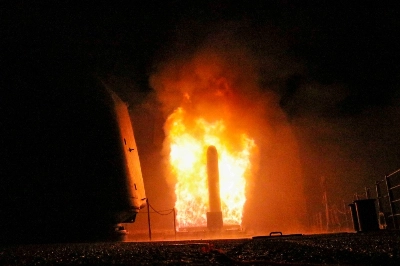North Korea said early Wednesday that it had successfully put its first military spy satellite into orbit, state-run media reported, after a rocket carrying the payload passed over the Japanese archipelago late Tuesday, triggering a strong condemnation from Tokyo.
South Korea's military said the North's military reconnaissance satellite was believed to have entered orbit, but it would take time to assess whether it was operating normally.
Japanese and U.S. officials, however, said that they were continuing to analyze the launch — Pyongyang's third attempt this year to put a spy satellite into orbit — and could not immediately determine whether the rocket launch or the satellite mission had been successful.






















With your current subscription plan you can comment on stories. However, before writing your first comment, please create a display name in the Profile section of your subscriber account page.